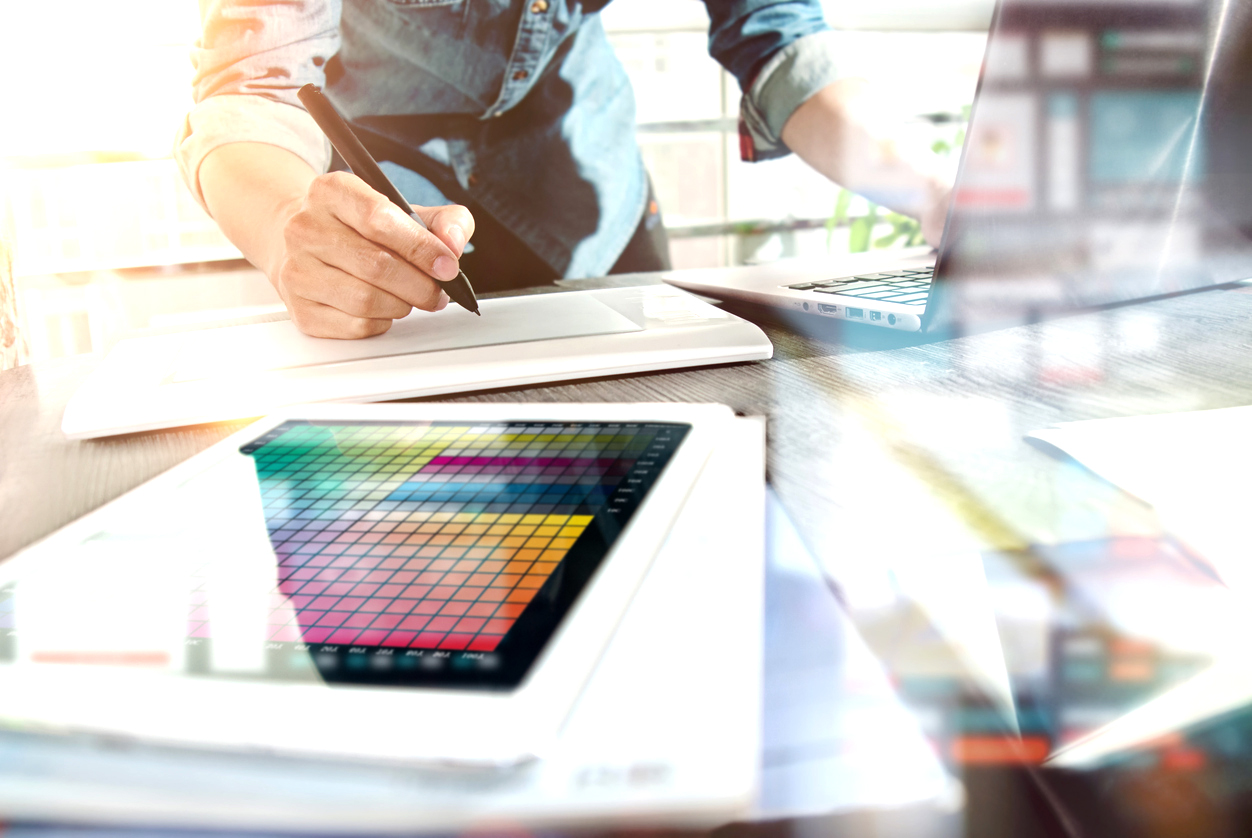There is a litany of literature devoted to the psychology behind colour and its effect on consumer behaviour. There is also an ongoing debate whether or not colour psychology and its effect on product branding is mere hogwash or based on solid evidence. Some marketing strategists argue that colour is too dependent on personal experiences to be universally translated to specific feelings, and as such, should not necessarily have an impact on your brand. However, the debate continues and what does seem clear is that a brand’s colour can have a huge impact on a consumer’s ability to remember your product and how they might relate to your product.
Evidenced-based or not, when it comes to choosing colours for your new business it could be beneficial to have a look at what the colour experts have to say. Rebranding your logo should also be carefully approached and doing some market research could prove vital to achieve optimum brand recognition.
There are many different reasons companies choose to use specific colours for their brand. Here’s some interesting bits that we’ve uncovered in the internet archives that might inspire your colour choice:
Red is for energy, power and action
Coca-Cola is considered as the world’s most recognisable brand and has inspired many other to choose red for their logos. Many branding psychologists agree that people associate the colour red with action. It also has a feeling of urgency to it, which is why it also works for CNN and Time magazine. Red is a bold hue that can be seen as a sign of authority. Prominent brands that use red span a wide range of industries. Think Lego, Kellogg’s, Netflix and Pinterest. According to research, red is a top colour choice for the food industry (as KFC, Burger Kind and KitKat proves), as it is said to increase one’s appetite.
Yellow and orange is for the bright side of life
Yellow and orange are both associated with optimism, happiness and a sense of playfulness. These colours are used by brands to attract attention and get customers to take notice. It is good to note that yellow is the colour that is easily distinguished by the human eye. The likes of Post-It, Lion Matches and McDonald’s all use it in their logos. Stand-out orange logos include Nickelodeon, Amazon, Fanta and Mozilla Firefox.
Green is for growth and renewal
Green is used by many to convey the image of an environmentally-friendly and ethically sound business, whether these are indeed features of said company with that green logo. It certainly has the desired effect with the likes of Whole Foods, Animal Planet, John Deere and even Starbucks.
Blue is for creativity and calm
Mark Zuckerberg, who is red-green colour blind, told The New Yorker, “I can see all of blue,” when asked why he chose blue for Facebook’s logo. Blue is a tried and tested colour, loved by both men and women across the globe. The cool undertones emanate calmness, peace and stability. It is definitely a favourite among the social media crowd, including Twitter, LinkedIn and Skype. Blue is also the colour associated with trustworthiness and security, which is perhaps why American Express, Oral B and Dell have all chosen it for their logos.
Purple is for luxury and wealth
Purple is traditionally the colour associated with nobility and wealth. Apparently, Cadbury’s opted for a purple logo because it was said to be Queen Victoria’s favourite colour. Additionally, purple is also associated with fantasy, magic and mystery and said to be the colour that appeals the most to children. This might be why Barney the dinosaur attracted so many followers). International companies that have opted for different hues of purple include Yahoo, Hallmark and FedEx.
There you have it. From vibrant purple to subtle blue, joy-invoking yellow to confident red, what colour do you want your customers to remember you by?











